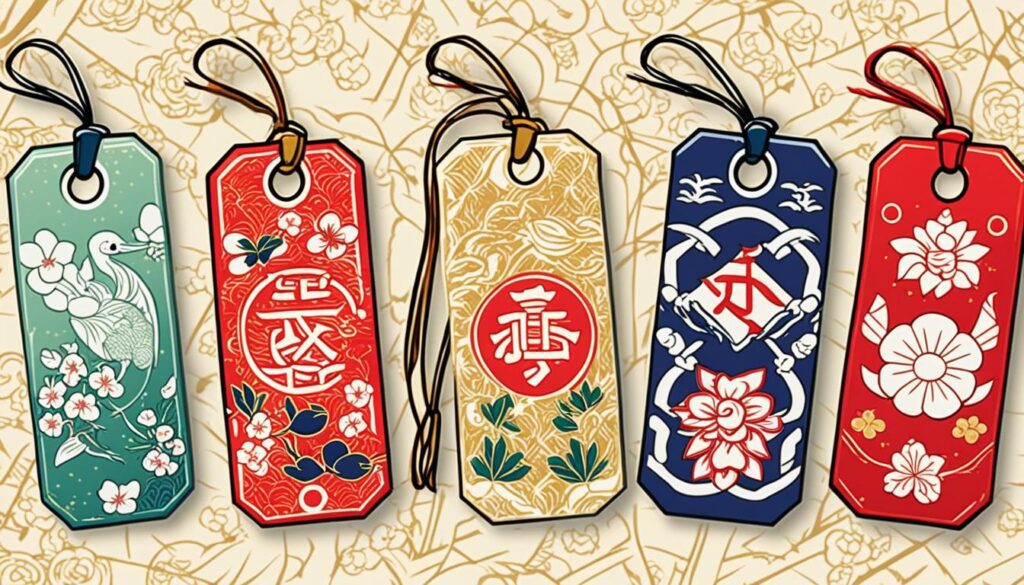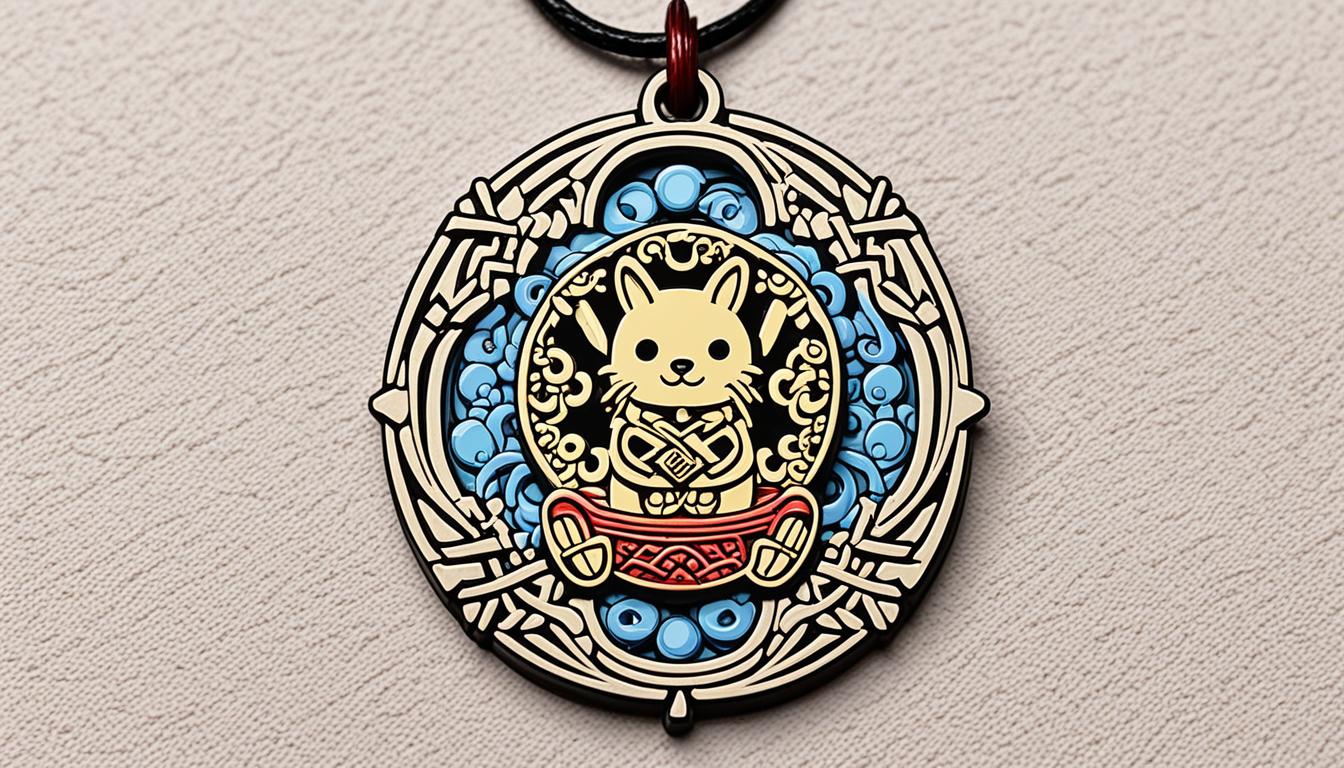If you’ve ever wondered how to say “lucky charm” in Japanese, you’ve come to the right place. In Japanese, the word for lucky charm is “omamori”. Omamori is a term derived from the Japanese word “mamoru”, which means to protect.
Omamori charms are amulets or good luck charms that are created to bring protection and good fortune to the owner. They are widely seen in shrines and temples throughout Japan and come in a variety of designs, each with its own unique meaning.
In this guide, we will explore the meaning and grammar of the word, how to pronounce it, and provide equivalent words you might find useful. We will also delve into the writing of “omamori” in Kanji, the contextual and cultural usage of the word, and where you can buy one if you’re interested in having your own lucky charm. So let’s get started!
The Meaning of Omamori Charms
Omamori charms in Japan are not just general lucky charms, but also have specific meanings. Some common meanings of omamori charms include happiness, protection from evil, good fortune, success, good health, prosperity, passing exams, good luck in studies, traffic safety, and safe childbirth. There are also love-themed omamori charms for couples, individuals looking for love, and those wishing for a happy marriage. Additionally, there are omamori charms for flight safety, fishing safety, luck in sports, and health for specific illnesses or areas of the body. The meanings of omamori charms vary and can be chosen based on personal desires and beliefs.
| Omamori Meaning | Japanese Equivalent |
|---|---|
| Happiness | 幸せ (shiawase) |
| Protection from Evil | 厄除け (yakuyoke) |
| Good Fortune | 幸運 (kouun) |
| Success | 成功 (seikou) |
| Good Health | 健康 (kenkou) |
| Prosperity | 繁栄 (han’ei) |
| Passing Exams | 試験合格 (shiken goukaku) |
| Good Luck in Studies | 勉学の幸運 (bengaku no kouun) |
| Traffic Safety | 交通安全 (koutsuu anzen) |
| Safe Childbirth | 安産 (anzan) |
Different Designs of Omamori

While most omamori in Japan have a similar design, which is small, rectangular, brightly colored, and embroidered, there are variations in their shapes and sizes. Some omamori have a more traditional pouch shape, while others take the form of zodiac animals or flowers and animals that are motifs of a particular shrine or temple. There are also sticker or suction cup omamori for use in cars or on bicycles, smaller omamori that can be used as phone charms or on keyrings, and credit card-sized omamori that can be carried in a wallet or pocket. The designs of omamori can be unique to each shrine or temple, and they often incorporate cultural and religious symbols of good luck.
| Omamori Design | Description |
|---|---|
| Traditional Pouch Shape | A small, rectangular omamori usually made of fabric and stitched together, with a small strap attached for easy carrying. |
| Zodiac Animals | Omamori that feature the different zodiac animals, each representing a specific year in the Chinese zodiac cycle, associated with luck and fortune. |
| Flowers and Animals | Omamori that incorporate motifs of flowers and animals that are symbolic and significant to a particular shrine or temple. |
| Car Stickers or Suction Cups | Omamori designed to be attached to cars or bicycles for protection and good luck while traveling. |
| Phone Charms or Keyrings | Smaller omamori that can be attached to mobile phones or used as keyrings, allowing you to carry good luck with you wherever you go. |
| Credit Card-sized Omamori | Omamori that are conveniently sized to fit in wallets or pockets, ensuring continuous protection and good fortune. |
As you can see, the designs of omamori can vary greatly depending on the purpose, symbolism, and personal preferences. No matter the design, all omamori carry the same intention of bringing luck, protection, and good fortune to their owners.
How to Carry and Attach Omamori
According to tradition, omamori should be carried close to your person at all times to continuously receive their protection and good fortune. Most omamori come with a small strap attached, making it easy to loop them around bag handles, pencil cases, wallet zippers, or other personal items. Some types of omamori have alternative ways of attachment. For example, there are suction cup omamori designed to be attached inside cars for traffic safety, and credit card-shaped omamori that can be conveniently carried in a wallet or pocket. The method of attaching an omamori depends on your individual preference and the design and type of omamori.
Comparison of Omamori Attachment Options
| Attachment Option | Description |
|---|---|
| Strap | Easily looped around bag handles, pencil cases, wallet zippers, or other personal items. |
| Suction Cup | Designed for attachment inside cars for traffic safety. |
| Credit Card-shaped | Compact size for easy carrying in a wallet or pocket. |
Where to Buy and What to Do with Omamori
If you’re looking to acquire an omamori, you can easily find them at most shrines and temples throughout Japan. The larger shrines and temples tend to offer a wider variety of omamori designs and meanings to choose from. Prices can vary depending on the shrine, temple, style, and level of detail in the design. Typically, omamori range in price from ¥300 to ¥1000, with the majority falling in the ¥500 to ¥800 range.
Once you feel that your omamori has fulfilled its purpose or you simply no longer need it, it is customary to return it to the shrine or temple where you purchased it. During the New Year period, many shrines and temples provide designated boxes for disposing of old omamori, which are then ceremonially burned. If you are unable to visit a shrine or temple in person, some places accept used omamori by mail.
Remember, omamori are not just mere trinkets but hold significant spiritual meaning. So, if you decide to part with your omamori, make sure to handle it respectfully by returning it to the appropriate place. By doing so, you contribute to the proper disposal and spiritual cycle of these cherished lucky charms.

